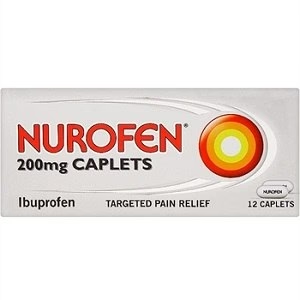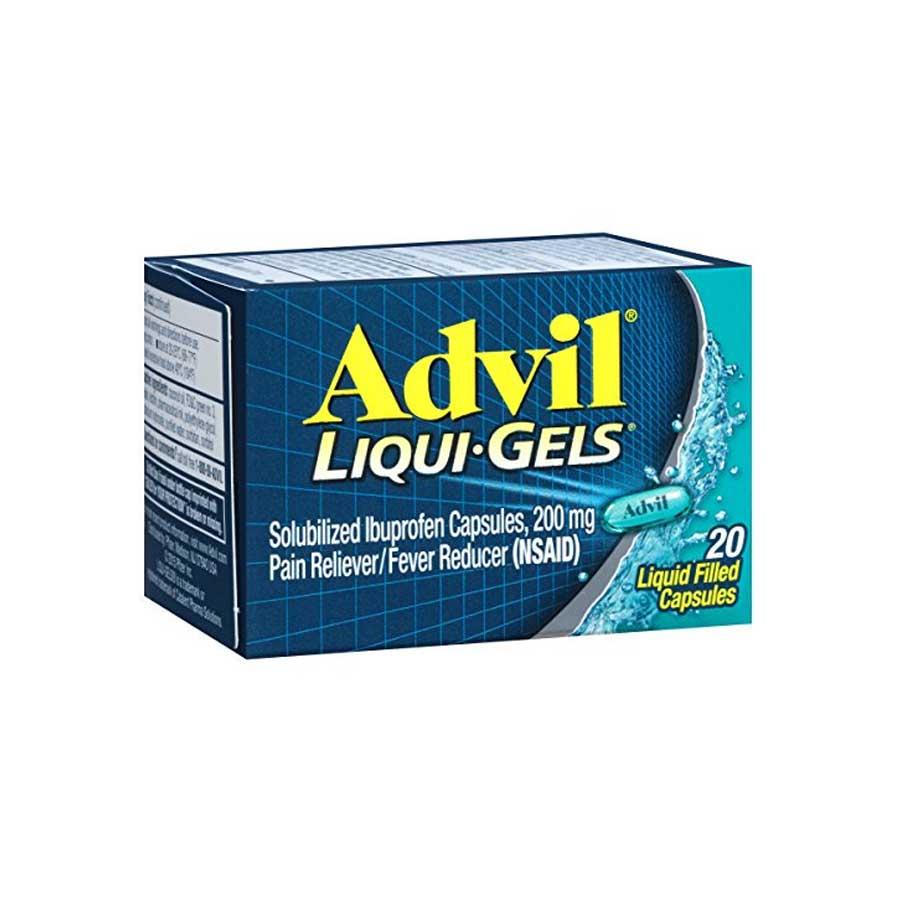Overview
Arthritis is a general term to describe joint inflammation. “Arthro” means “joint” and “itis” means “inflammation.” This inflammation leads to symptoms such as joint pain, swelling, and stiffness.
Arthritis is common: Nearly 1 out of 153 Nigerian adults have it. It’s more common in women, older adults. Depending on its severity and location, arthritis can limit your daily activities and mobility. In turn, it can also negatively affect your quality of life.
The good news is that treatments and medications are available. They can help ease symptoms, improve your mobility, and slow the progression of arthritis.
Causes
There are many types of arthritis, and some are more common than others. Although symptoms may be similar, the different types have different causes. This is important because the type of arthritis will determine the best treatment.
Types of arthritis include (but are not limited to):
- Osteoarthritis
- Rheumatoid arthritis
- Gout
- Lupus
- Ankylosing spondylitis
- Psoriatic arthritis
- Juvenile idiopathic arthritis
Osteoarthritis is the most common type of arthritis. It happens with wear and tear on the joints over time. Joint injury or surgery can increase the risk.
Some other types of arthritis are autoimmune conditions, including rheumatoid arthritis, psoriatic arthritis, lupus, and ankylosing spondylitis. This means the body’s immune system causes inflammation in the joints.
Gout is also an inflammatory arthritis, but it’s caused by the buildup of uric acid crystals in the joints.
Symptoms
The most common symptoms of arthritis include the following in the joint(s):
- Pain
- Swelling
- Stiffness
- Decreased range of movement
- Warmth
But other symptoms may vary, depending on the type of arthritis. For example, people with rheumatoid arthritis may also have fatigue, occasional fever, and loss of appetite. But osteoarthritis does not cause these symptoms.
Get medical attention right away if you have pain, redness, swelling, and warmth in one joint that comes on quickly. These are signs of septic arthritis (arthritis due to infection), which is a medical emergency.
Treatment
Diagnosis
A diagnosis of arthritis usually requires a few steps. Your healthcare provider will start by asking you questions about your joint pain to get more information. They’ll want to know about location, timing, and whether there’s swelling. It’s also important to discuss your medical conditions and your family medical history (if any). That’s because some conditions that affect the joints can run in families.
Next, a physical examination will allow your provider to feel swelling or warmth in the affected joint(s). They’ll check the range of motion of the joint. And, depending on what they suspect, they may also examine other parts of your body.
Finally, imaging is often an important part of an arthritis diagnosis. This usually begins with an X-ray, which shows your bones and the spaces between them. X-rays are sufficient in many cases. But sometimes more advanced imaging (like CT or MRI) can be helpful, because they can show more detail.
If your provider suspects a joint infection or gout, they may perform a joint aspiration. This is a minor procedure in which they remove fluid from the joint with a needle and syringe. Then they can send the fluid to a lab for further study. But, in some cases, removing fluid from a swollen joint can also help arthritis symptoms if the cause is already known.
Medications
For minor aches and pains in your joints, over-the-counter pain relief may be helpful. Examples include acetaminophen (Tylenol), ibuprofen (Advil, Motrin), and naproxen (Aleve). Topical creams (applied on the skin) can also provide relief. But keep in mind that these medications are not safe for everyone, so be sure to talk with your healthcare provider if you have any questions. They’re also not appropriate for long-term use due to the risk of side effects.
It bears repeating that the best treatment for arthritis depends on the type. There are various prescription medications for autoimmune-related arthritis and gout. These medications help with pain, swelling, and motion. They also keep the arthritis from getting worse. This can help prevent further problems with mobility and function.
Once you have a clear diagnosis of arthritis, your provider can help you decide which medication (if any) is best for you.
Living with arthritis
Medication isn’t the only tool for dealing with arthritis symptoms.
Perhaps the most important thing you can do for your arthritis symptoms is to keep moving. It may seem counterintuitive, but research suggests that physical activity can improve pain and function by almost 40%. Aerobic, strength, and flexibility training are all beneficial for joints with arthritis.
That said, it helps to stick to low-impact activities, or those that are gentler on the joints. Examples include:
- Walking
- Chair yoga
- Tai chi
- Water aerobics or swimming
Strength training can be tricky if you’re trying to protect a painful joint. But that doesn’t mean you should avoid it. A physical therapist can show you which exercises are safe and how to perform them. It’s also a good idea to speak with your healthcare provider before starting a new program.
In addition to helping with joint pain, physical activity can help you maintain a healthy weight. Excess weight can put more stress on your joints. So weight loss can often help reduce pain, inflammation, and flares in many types of arthritis.
Arthritis support groups and communities are another helpful tool. They can provide a safe space for emotional support, information exchange, and connection with others.
Medications & Collections
These drugs are vital for controlling and improving the health of individuals with this condition. They include both preventive and symptomatic treatments.

Nurofen 200mg
₦2,100

Advil Gel 200MG
₦79

Nurofen 400mg
₦3,750

Advil 200mg Tablet
₦15,600
